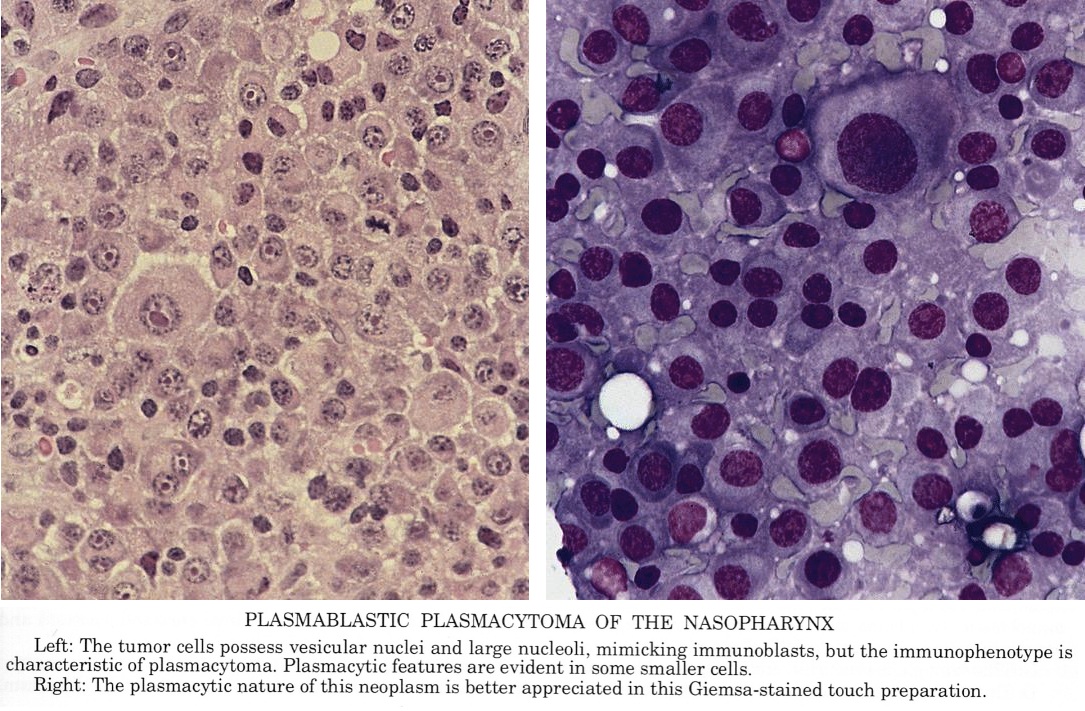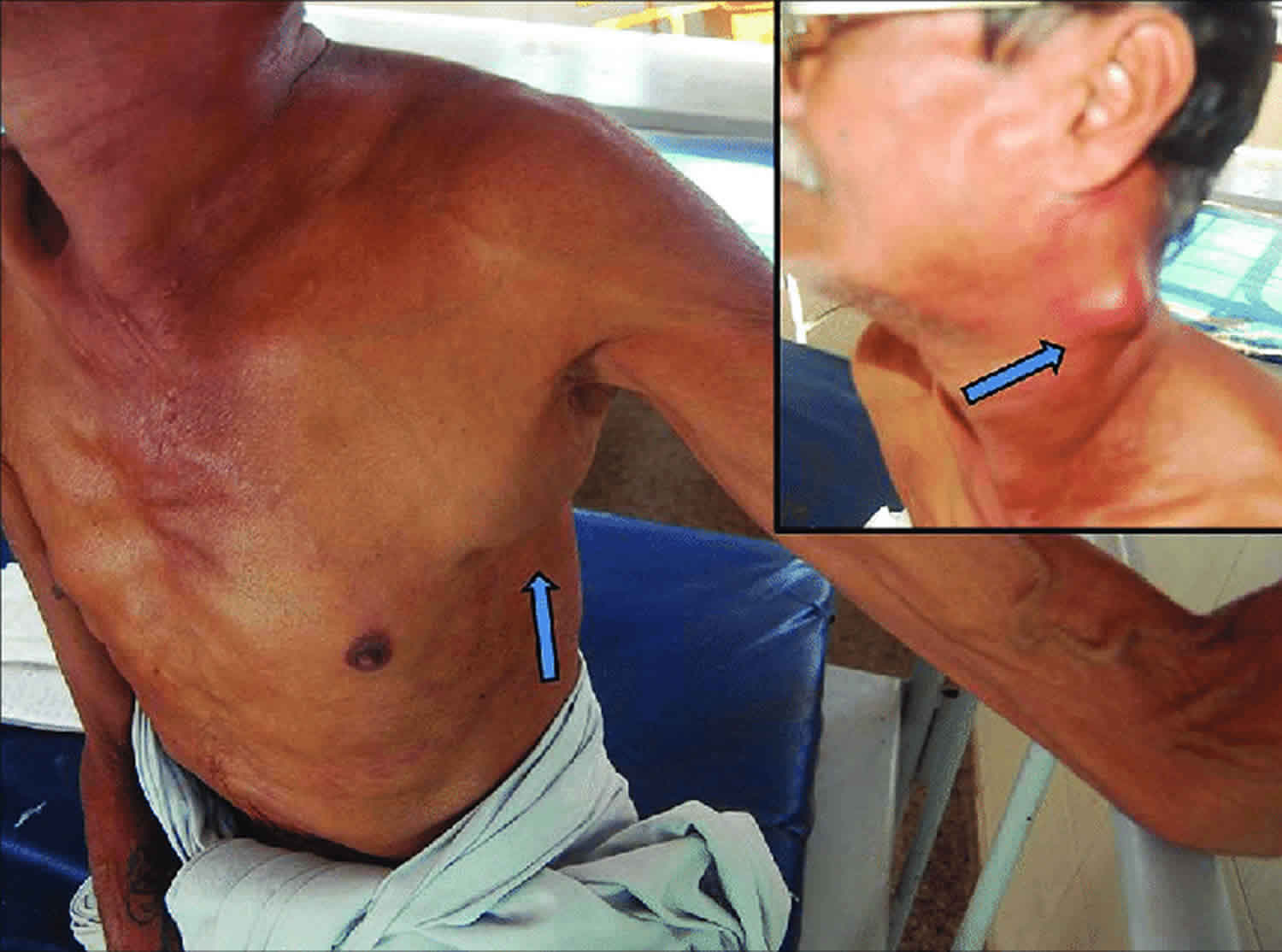


Lymphadenitis of mycotic etiology: caused by fungal infections such as histoplasmosis, blastomycosis, coccidioidomycosis and sporotrichosis.Histiocytic cells transforming into epithelioid cells can be seen. Pseudotuberculous lymphadenitis: due to tularemia and salmonellosis.This lymphadenitis is characterized by the presence of epithelioid cells and Langhans cells. Tuberculous lymphadenitis: produced by mycobacteria that cause tuberculosis.Within this group, we can find certain types lymphadenitis which are of great interest small animal veterinary medicine, including dogs: In addition, areas of caseous necrosis (a specific type of cell death) and/or mineralized granulomas may be seen. In granulomatous lymphadenitis, the inflammation is due to an increase in microphages (a type of white blood cell used in immune response).

It can be seen in canine distemper infections. In addition to neutrophils, foci of necrosis are observed. In suppurative lymphadenitis there is a massive invasion of neutrophils and it exists in the purulent form. Suppurative lymphadenitis and purulent lymphadenitis in dogs They are usually caused by immunosuppressive viruses, an example of which is pulmonary fibrosis in dogs.

Acute: neutrophils and eosinophils predominate.Simple nonspecific lymphadenitis in dogs can be of two types: In this section we explain the main types of lymphadenitis in dogs. Within canine lymphadenitis, we find different types depending on its etiology and the type of predominant inflammatory cells. This can happen even with localized infections, but is more common with generalized diseases. Since the lymph nodes work to help the dog's immune system, it is common to see systemic symptoms. It occurs in systemic pathologies, such as infectious diseases and sepsis. Generalized: when lymph nodes throughout the body are affected.We most commonly notice them on the lymph nodes of the neck. It indicates that the pathology that has produced the lymphadenitis is circumscribed to the drainage area of the affected lymph node. Localized: when only the lymph nodes in one region of the body are affected.This is the most common reason for inflammation of the lymph nodes.ĭepending on the number of pathogens and distribution of affected lymph nodes, canine lymphadenitis can be: When a pathogenic microorganism passes through the lymph node, it is possible it will trigger an inflammatory response. For this reason, the lymph nodes are anatomical structures which are highly exposed to infectious agents and microorganisms. Since the lymphatic system is in place to help the dog's body fight against disease, especially infection, the lymph fluid needs to be cleaned. Although we most often notice swelling in the neck lymph nodes ( submandular lymph nodes), they appear on various locations of the dog's body.Īmong other functions, the lymph nodes are responsible for filtering the lymph fluid that circulates through the lymphatic system. Inflammation causes their size to increase and consistency to change. Although lymphadenitis is more specific, it is most common to use this term interchangeably with lymphadenopathy. More specifically, it refers to a swelling of these nodes. Canine lymphadenitis is a type of lymphadenopathy, meaning it is a disease of the lymph nodes.


 0 kommentar(er)
0 kommentar(er)
